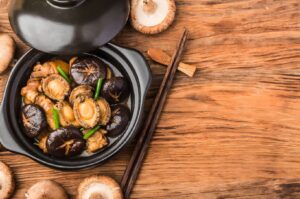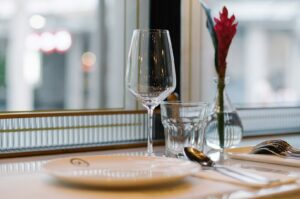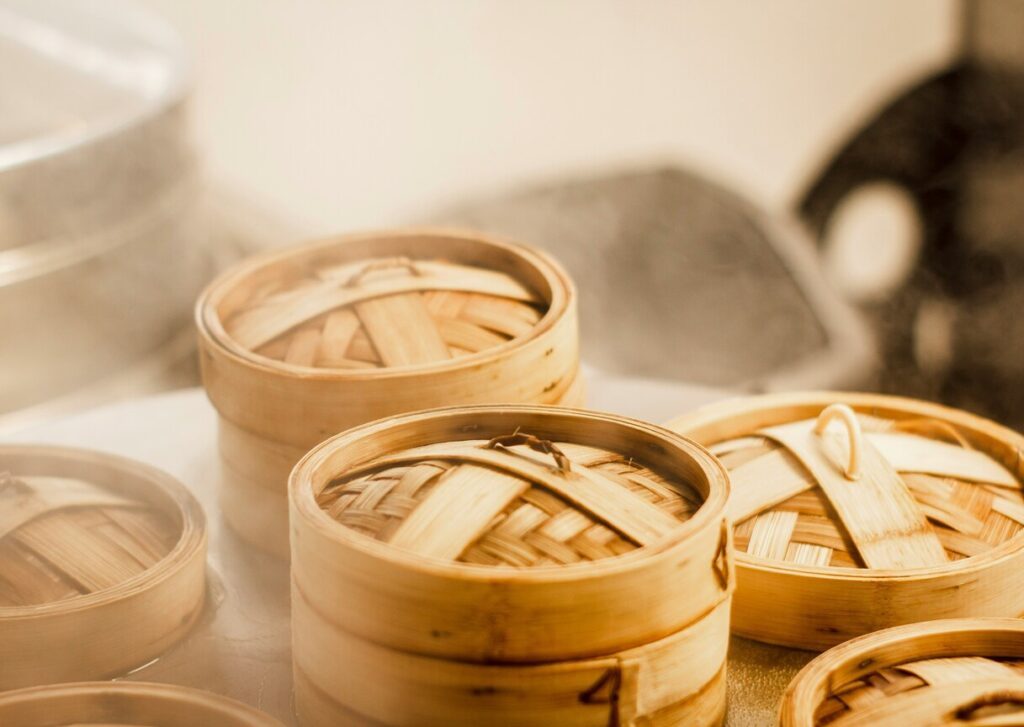
When you think of Chinese cuisine in Singapore, is dim sum the first thing that springs to mind? For many food lovers, this traditional cuisine—steaming baskets of har gow, siu mai, and soft buns—offers a comforting introduction to a much deeper world of flavor. Yet, Chinese cooking stretches far beyond these familiar bites, capturing a dazzling array of cooking techniques, regional cuisines, and signature dishes rooted in centuries-old tradition.
Singapore’s role as a crossroads of culture makes it a vibrant hub for Chinese food, infused with recipes from every corner of China. Waves of migrants brought their treasured methods and tastes—Teochew cuisine, rich cantonese cuisine, spicy sichuan cuisine, savory Hokkien dishes, and more—all blending into Singapore’s unique local cuisine. Whether you’re seeking home cooked dishes, hearty rice and noodles, or something innovative, you’ll find some of the best Chinese restaurants in Singapore ready to serve far more than just dim sum.
Get ready for a delicious journey through Singapore’s most beloved regional cuisines and discover how diverse Chinese food has shaped what makes the city’s food scene so exciting.
Chinese Cuisine: Understanding Regional Chinese Cuisines and the Eight Cuisines
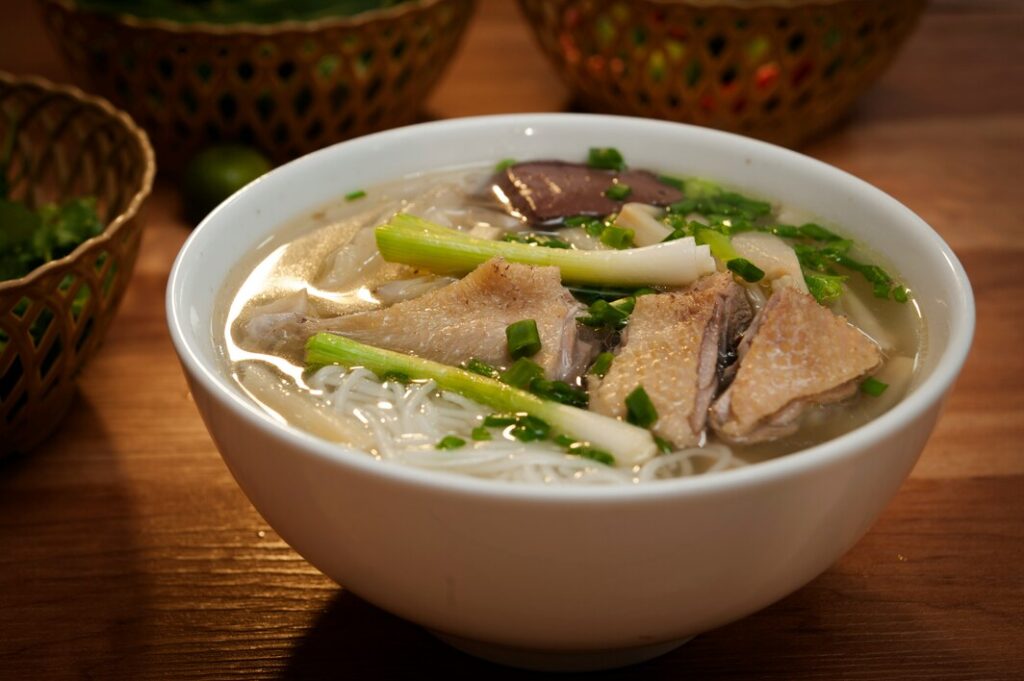
The incredible diversity of Chinese cuisine is a direct result of China’s vast geography, deep traditions, and varied climate. Often categorized into the “Eight Cuisines” or “Eight Great Traditions,” each region—Cantonese, Sichuan, Hunan, Shandong, Jiangsu, Zhejiang, Fujian (home to Hokkien cuisine), and Anhui—offers distinct flavors, dishes, and cooking techniques. Singapore is densely packed with these regional cuisines, thanks to migrant communities from Guangdong province and other dialect groups like Teochew and Hakka.
Geography, climate, and wild herbs shape everything from the staple grains (rice or wheat) to spice preferences. In the north, a colder climate means more wheat-based dumplings and buns, stir fried dishes, and robust broths. In the south, where the climate is milder, dishes highlight fresh seafood, lighter sauces, and steaming—iconic in both cantonese and teochew cuisine. These influences result in a mosaic of flavours, from the fiery to the delicate, giving Singapore’s diners a menu that is always rich in variety.
Cantonese Cuisine: The Art of Soy Sauce, Steaming, and Pork Belly
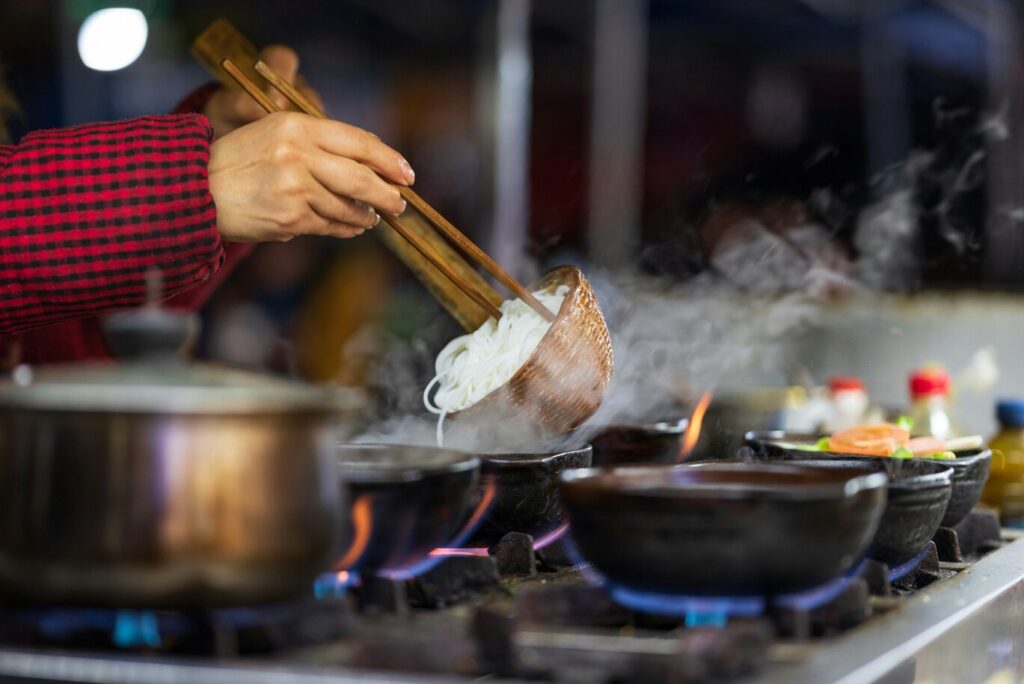
Among all styles, cantonese cuisine has become famous worldwide for its refined flavors and focus on quality ingredients. Originating in Guangdong province, this cuisine celebrates cooking techniques like steaming, stir frying, and double boiling to showcase the natural taste of each dish—from seafood to pork.
Key Features of Cantonese Cuisine
- Techniques: Gentle steaming, mindful stir frying, and double boiling preserve flavors in seafood, meats, and veggies. Flavorful but never overpowering, soy sauce, garlic, and ginger make frequent appearances in both everyday and banquet-style meals.
- Roast Meats & Braised Pork Belly: Cantonese restaurants are celebrated for their roast meats: sweet, glossy char siu (barbecued pork), crispy-skinned roast duck, and tender soy sauce chicken. Classics like braised pork belly bring out the power of slow cooking, blending pork, soy sauce, and shaoxing wine for a bite that’s rich, savory, and delicious.
- Seafood, Soup, and Dim Sum: Fresh seafood is often simply steamed with ginger, showcasing the essence of the ocean. Double-boiled soups brim with pork bones, dried scallops, and wild herbs—hearty and nourishing. And of course, dim sum serves as a favourite breakfast or brunch, featuring everything from crispy beancurd skin rolls to sweet buns and egg tarts.
Best Restaurants for Cantonese Cuisine in Singapore
- Imperial Treasure Fine Chinese Cuisine (Marina Bay Sands & others): Renowned for roast duck, braised pork belly, baked crab with salted egg yolk, and rich double-boiled broths with dried scallops and wild mushrooms. (Price: S$80–S$150 per person)
- Summer Pavilion (The Ritz-Carlton, Millenia Singapore): A Michelin-starred dining room, highly recommended for its superior broth, steamed seafood, and classic dim sum. (Price: S$150–S$250 per person)
- Wah Lok Cantonese Restaurant (Carlton Hotel Singapore): A go-to for home cooked dishes, signature chicken, and traditional dim sum. (Price: S$70–S$120 per person)
Sichuan Cuisine: Fire, Spices, and Garlic
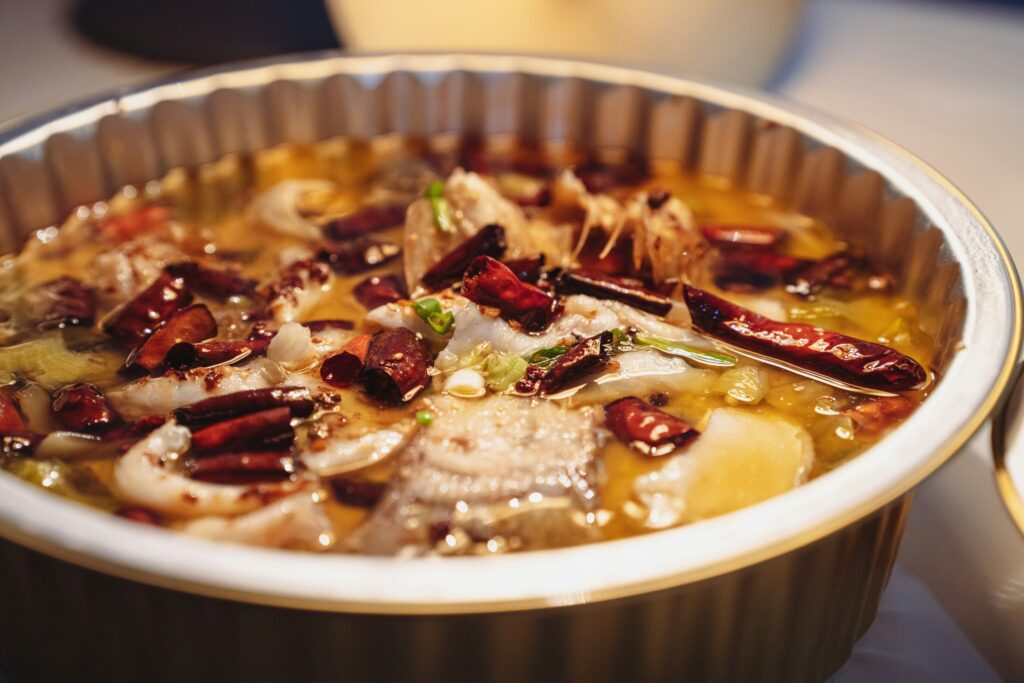
For lovers of bolder flavours, sichuan cuisine delivers with its legendary heat and complexity. Known in China as the source of “mala”—a unique, numbing spice blend of Sichuan peppercorns and dried chilies—this cuisine incorporates fragrant garlic, soy sauce, and an array of local spices.
Signature Sichuan Cooking Techniques and Dishes
- Flavour Profiles: Sichuan cuisine blends numbing heat with sour and sweet, combining chili oil, ginger, garlic, and soy sauce. Side by side on the table, you’ll find stir fried greens, spicy tofu, and juicy meat and seafood, illustrating why this regional cuisine is celebrated across southeast asia.
- Classic Dishes: Highlights include Kung Pao chicken (stir fried chicken, peanuts, chili), mapo tofu (tofu and minced pork in spicy sauce), and shuizhu yu (water-boiled fish) laced with garlic, wild herbs, and more. Don’t miss crispy beancurd skin and spicy scrambled eggs for a distinctly Sichuan bite.
- Mala Hotpot: Communal and fun, this hotpot lets guests cook pork, chicken, seafood, and veggies in bubbling, spice-laden broth.
Top Sichuan Food Restaurants in Singapore
- Si Chuan Dou Hua Restaurant (PARKROYAL on Beach Road & others): Essential stop for classic mala, fragrant tofu, and garlic-forward soups. (Price: S$60–S$100 per person)
- Shu Yan Sichuan Cuisine (138 Robinson Rd): Well-loved for bold, authentic stir fried dishes and housemade mapo tofu. (Price: S$50–S$80 per person)
- Old Cheng Du Sichuan Cuisine Restaurant (Pagoda Street): Delivers intensely flavored spicy fish, pork belly bites, and irresistible mala beancurd rolls. (Price: S$40–S$70 per person)
Teochew Cuisine: Porridge, Braised Duck, and the Taste of Home
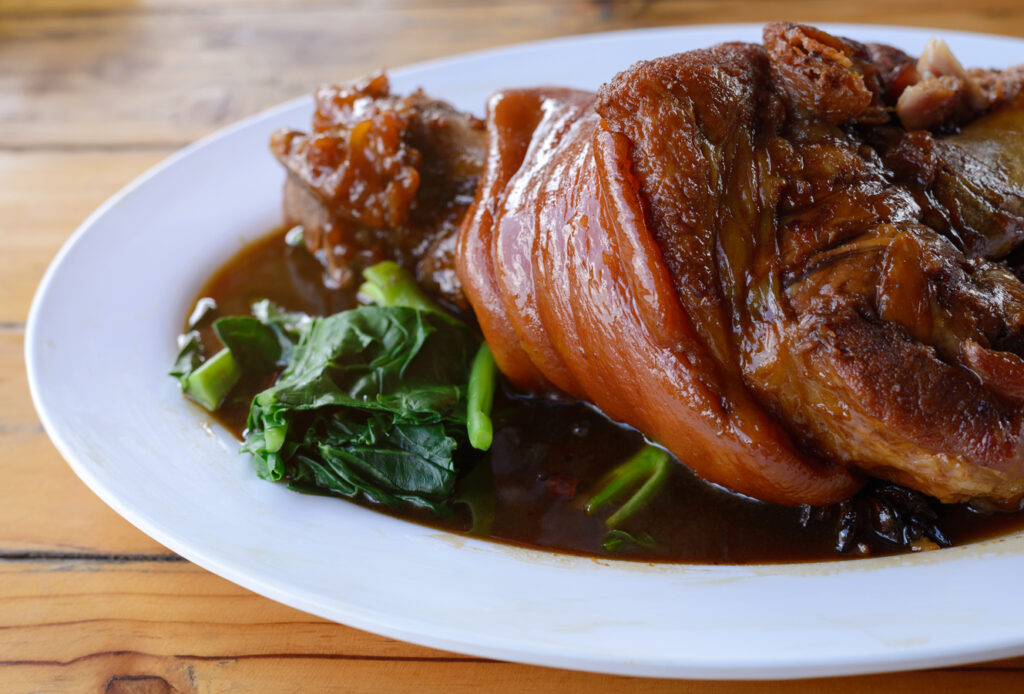
Teochew cuisine is synonymous with light, honest cooking and an appreciation for freshness. Hailing from Guangdong province’s eastern reaches, teochew cooking is all about clean, subtle flavours and simple comfort meals.
Cooking Techniques and Teochew Porridge
- Gentle Cooking: Typical methods include gentle steaming, quick stir frying, and slow braising, focusing on natural flavours rather than heavy sauces or sesame oil. Cooks often highlight fish, mushrooms, pork, and bamboo shoots—all celebrated for their quality and taste.
- Classics: Dishes like teochew porridge (soft rice served with multiple small side dishes: steamed fish, salted egg, preserved veggies, and the famous oyster omelette); braised duck in soy sauce, and cold crab. Crispy beancurd skin and and stir fried mushrooms round out this family-style menu.
- Family Meals: Multiple small dishes are shared around the dining table, creating a sense of warmth, tradition, and togetherness that speaks to the very heart of Chinese food culture.
Best Teochew Cuisine Restaurants in Singapore
- Imperial Treasure Fine Teochew Cuisine (ION Orchard): Michelin-starred and famous for signature cold crab, steamed pomfret, and slow-cooked braised duck. (Price: S$100–S$200 per person)
- Chui Huay Lim Teochew Cuisine (Chui Huay Lim Club): Known for traditional teochew porridge, braised meats, and authentic oyster omelette. (Price: S$50–S$90 per person)
- Liang Kee Teochew Restaurant (Whampoa West): Go for teochew porridge, tender braised duck, and comforting steamed fish, cooked like home. (Price: S$40–S$70 per person)
Shanghainese Cuisine: Braised Pork Belly, Xiao Long Bao & Sweet Umami
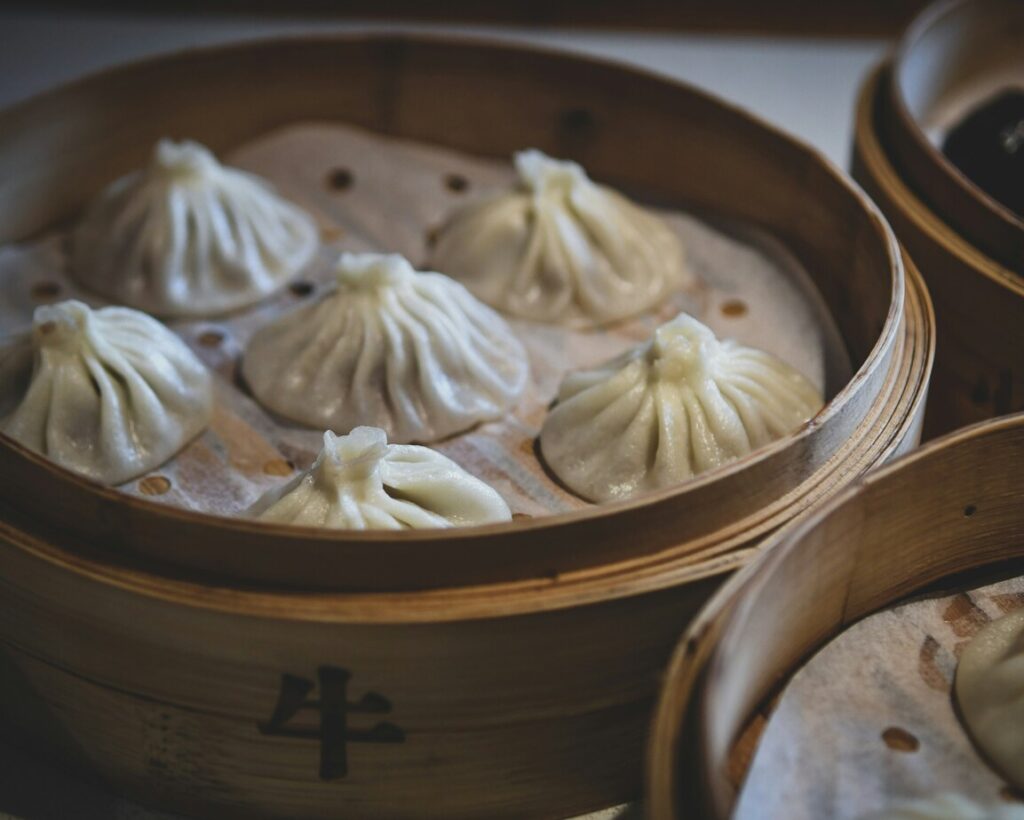
Shanghainese cuisine is defined by rich, umami flavors, the art of braising, and unmistakable signature dishes like xiao long bao and braised pork belly.
Techniques and Standout Flavours
- Red Braising: Braised meats simmer slowly in soy sauce, rice wine, and sugar. Shaoxing wine is a key ingredient in both home cooked and restaurant fare, lending depth to pork, chicken, and even bamboo shoots. Dishes frequently feature a beautiful sheen from the sauce and taste slightly sweet.
- Must Trys: braised pork belly (hóng shāo ròu), xiao long bao (steamed soup dumplings), drunken chicken (in shaoxing wine), and smoked fish. Each bite is tender, savory, and complex—a hallmark of Shanghainese tradition.
- Balance & Sauce: Vinegar is the preferred pairing for xiao long bao, while stir fried and braised veggies complete the meal.
Top Shanghainese Restaurants in Singapore
- Imperial Treasure Fine Shanghai Cuisine (Takashimaya): Renowned for braised pork belly, xiao long bao, and rice wine slow-cooked fish. (Price: S$70–S$130 per person)
- Pu Tien Restaurant (multiple locations): Blends seasonal wild herbs, pork, and delicate seafood for a fresh take on Shanghainese and Southeast Asian influences. Michelin-starred. (Price: S$40–S$80 per person)
- Shanghai Renjia (Ang Mo Kio): Known for home style xiao long bao, Dongpo pork, soulful stir fried greens, and classic bamboo shoots. (Price: S$30–S$60 per person)
Hokkien Cuisine, Hakka Cuisine, and Other Influences
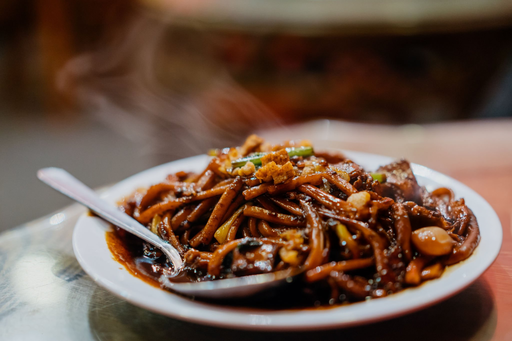
- Hokkien Cuisine: Known for fried noodles (hokkien mee), pork belly, rich broths, stir fried beancurd skin, and recipes born out of Fujian province tradition and taste.
- Hakka Cuisine: Rustic and substantial, hakka cuisine features yong tau foo (stuffed tofu and veggies), braised pork, mushrooms, abacus seeds, and stir fried breakfast dishes beloved for their satisfying simplicity.
- Northern Chinese Influences: Northern dishes typically use wheat-based buns, hand-pulled noodles, and juicy dumplings filled with pork or chicken—brought to Singapore by other dialect groups and now a staple of the city’s breakfast and lunch scene.
Appreciating Chinese Cooking and Culture
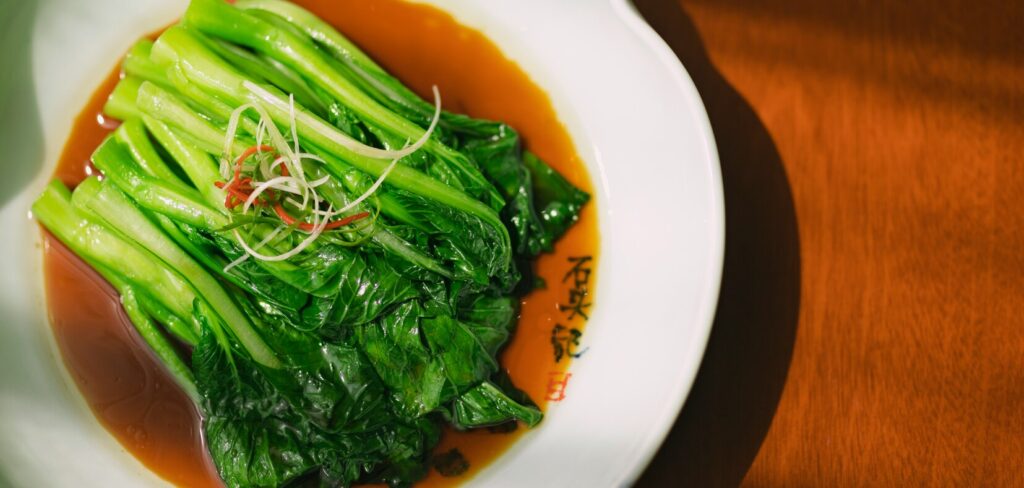
- Balance: When ordering, mix steamed, fried, and braised dishes; include seafood, pork, chicken, tofu, and veggies for a deep, complete flavor experience.
- Tea Pairings: Hearty dishes like braised pork belly pair perfectly with robust black teas, while lighter teochew cuisine and cantonese cuisine shine next to oolong or jasmine.
- Dining Etiquette: Share every dish, take small bites, and never leave chopsticks standing in your rice. Respect for the food, the chef, and your dining companions is a central element of Chinese culture.
Conclusion: Celebrating Singapore’s Chinese Cuisine
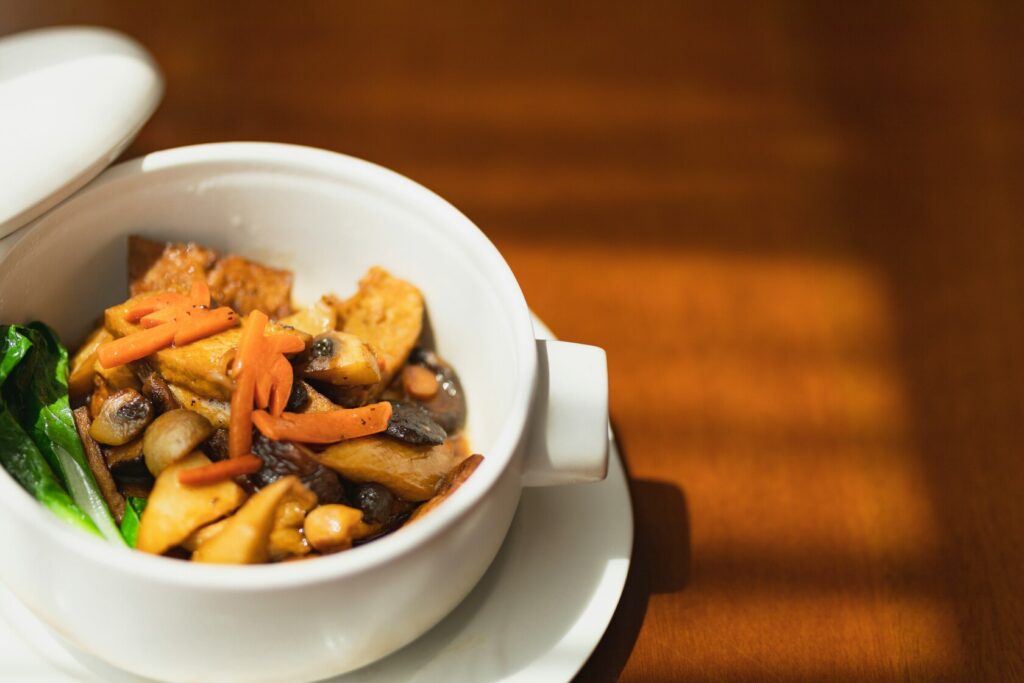
Singapore’s Chinese cuisine scene is a living showcase of heritage, innovation, and mouthwatering variety. Whether you’re heading out for teochew porridge, a dim sum breakfast, braised duck, sizzling Sichuan stir fries, or delicate xiao long bao, every meal is a journey through centuries of history and culture. Venture past the usual to experience the full spectrum—from humble home cooked dishes to the elevated masterpieces of Michelin-starred chefs. There’s always something new—and delicious—to discover in Singapore’s best Chinese restaurants.
For more cultural food journeys, explore a deep dive into Chinese cuisine varieties or discover the rich flavours of traditional Malay cuisine in Singapore.
FAQ Section
What’s the difference between Cantonese and Sichuan cuisine?
Cantonese cuisine is all about steaming, roast meats, and letting quality ingredients shine—think dim sum, soy sauce chicken, and delicate broths. Sichuan cuisine, on the other hand, is famous for its bold, spicy, numbing flavors using dried chilies, garlic, and Sichuan peppercorns—classic examples being mouthwatering mapo tofu and stir fried mala dishes.
Where can I find authentic regional Chinese food in Singapore?
Explore classics at Summer Pavilion (cantonese), Si Chuan Dou Hua (sichuan cuisine), Chui Huay Lim (teochew cuisine), or Imperial Treasure for dishes from every dialect group. Try Hokkien or Hakka restaurants for traditional home style recipes and local flavour.
What are must-try Chinese dishes beyond dim sum?
Go for braised pork belly, teochew steamed fish or porridge, fiery Sichuan chicken or fish, Cantonese roast pork and duck, or xiao long bao paired with soupy, rice wine-laced broth for a perfect meal.
What is the best Chinese regional cuisine for spice lovers?
Sichuan cuisine is the best bet, thanks to the use of mala spices, dried chilies, and pungent garlic—a delight for adventurous palates looking for mouth tingling flavours.
How did different Chinese regional cuisines become popular in Singapore?
Singapore is a cultural crossroads, where Cantonese, Teochew, Hokkien, Hakka, and other dialect groups brought their traditional cuisine, favorite recipes, and unique taste preferences. Over generations, these cooking styles combined with local influences, giving rise to signature dishes, shared food culture, and some of the most vibrant Chinese restaurants and hawker stalls in Southeast Asia.
